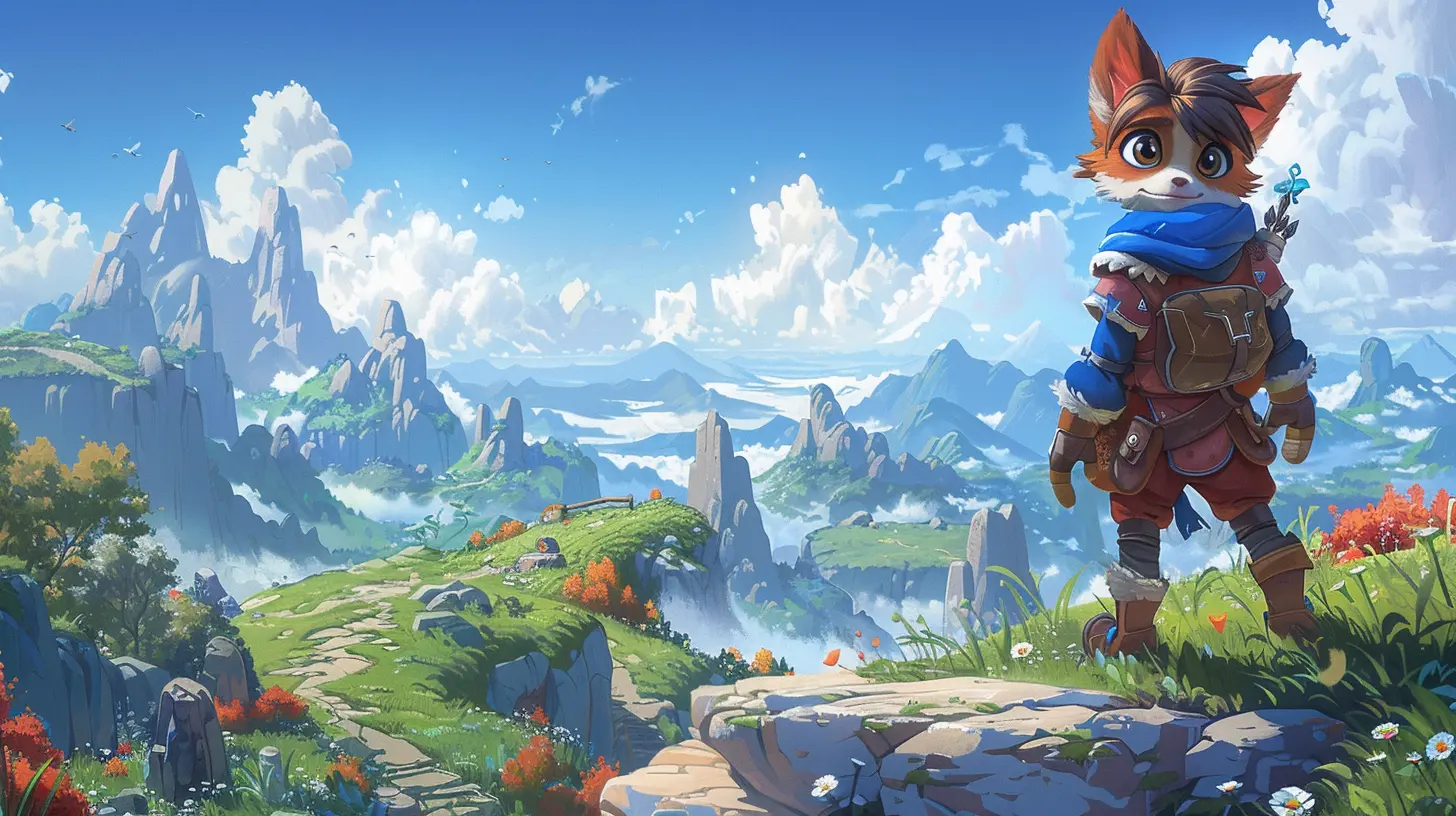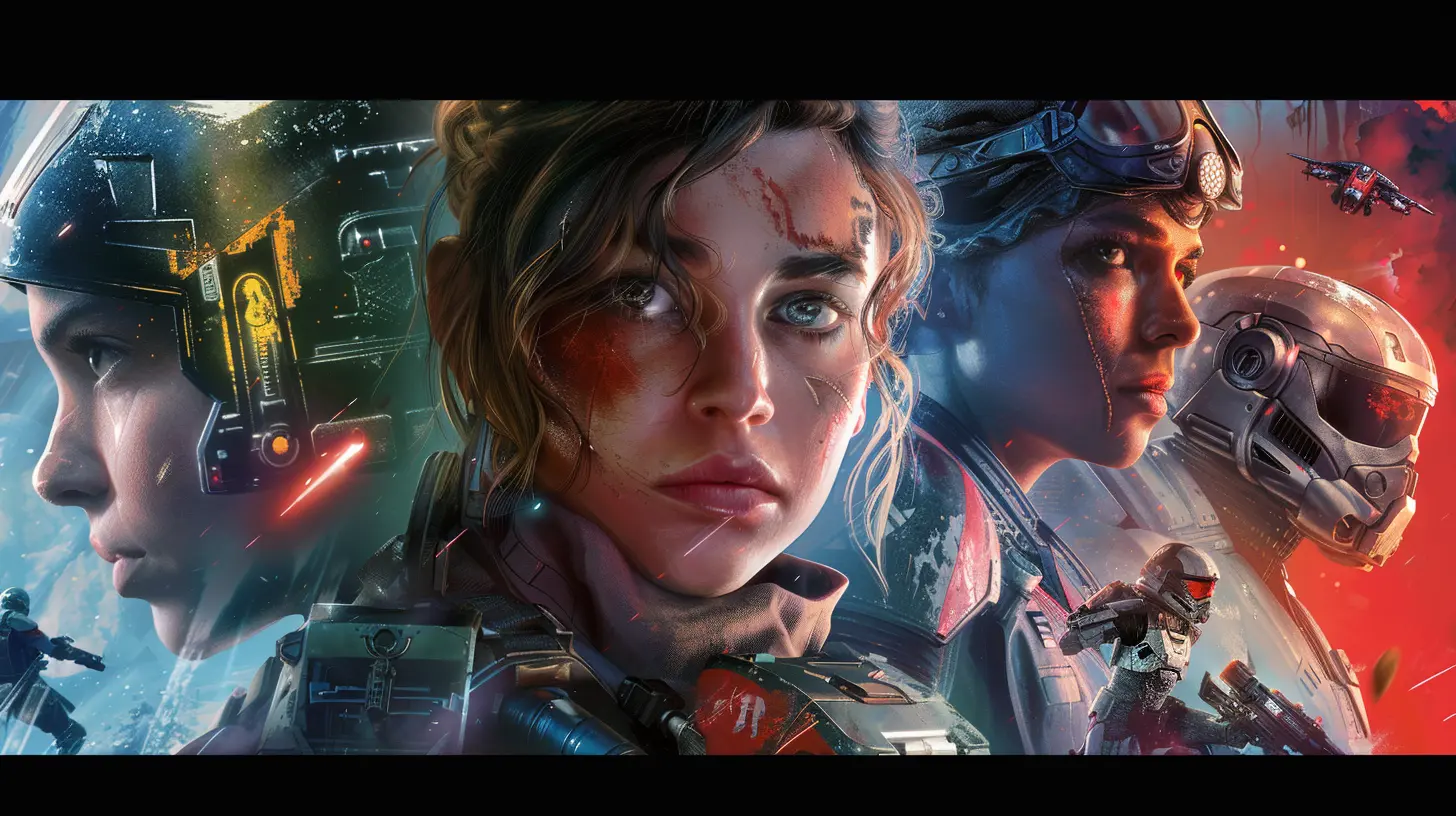How Cross-Platform Play is Encouraging a New Era of Collaboration Between Developers
8 September 2025
Let’s face it—gaming isn't what it used to be. And that’s a good thing! We're no longer limited by the console or device we choose. Whether you're a PlayStation fanboy, an Xbox diehard, a PC master race champ, or even chilling on your phone, there's a good chance you can play with your buddies across platforms. That, my friend, is thanks to the magic of cross-platform play.
But here’s the thing most players don’t see: behind the curtain, something bigger is happening. Cross-platform play isn’t just a win for gamers—it’s pushing game developers to work together in ways we’ve never seen before. We're witnessing a wave of collaboration sweeping the industry, changing how devs build games, communicate, and share tech. Let’s dig into how this massive shift is shaping the future.
What Exactly is Cross-Platform Play?
Before we go full throttle, let’s keep everyone on the same page.Cross-platform play (or crossplay) simply means players on different gaming systems can play together. So, if you’re on a PS5 and your friend’s on a PC, you can still squad up in games like Fortnite, Rocket League, Apex Legends, and many more.
Sounds easy, right? But under the hood, making that happen is as tricky as herding cats blindfolded. Different systems, different networks, and different company cultures—developers have to jump through a lot of hoops to make it all sing in harmony.
Why Cross-Platform Play Matters More Than Ever
In an age where everything is connected—from our smart fridges to our fitness apps—gamers expect the same from their games. And it’s not just about convenience (though let’s be honest, it’s awesome not needing a separate console just to play with your squad). Here’s why crossplay is blowing up:- It smash barriers. No more console wars in the friend group.
- It grows communities. Bigger player pools = faster matchmaking = more fun.
- It boosts longevity. Games stay alive longer because there's always someone to play with.
But most importantly, it lights a fire under developers to work together instead of staying in their silos.
From Competition to Collaboration: A Big Mindset Shift
Once upon a time, game studios were like rival kingdoms. Everyone guarded their secrets, tech, and player base like treasure. But cross-platform play has nudged them into a different mindset—one where cooperation is key.Let’s talk about a few ways this shift is happening.
1. Working Together on Shared Standards
To get crossplay running smoothly, developers from different studios have to agree on certain standards. That’s no small feat.Think about it: it’s like trying to throw a potluck where everyone brings their own dish, but you still have to make sure all the flavors work together. Devs now have to collaborate on things like:
- Input compatibility (keyboard, controller, mobile touch)
- Matchmaking systems
- Network code and latency handling
- Anti-cheat protection across platforms
By aligning on these technical details, devs are creating unofficial “rules of engagement” that benefit the entire industry. A unified gaming experience? Yes, please.
2. Sharing Tech and Development Tools
Another cool side effect of crossplay is the sharing of tools and tech.Platforms like Unreal Engine and Unity are stepping up with tools that make cross-platform development not just possible, but easier. Engine creators now have incentive to integrate cross-platform support, because, well—developers need it!
Even more, you'll see studios sharing APIs, SDKs, and bug-fixing solutions, partly for efficiency, partly for survival. Sometimes, it’s a rising tide lifting all boats. When one dev figures out how to cut load times or optimize controls across systems, others follow. And that knowledge-sharing creates a tight-knit, smarter dev community.
3. Breaking the Console Ecosystem Monopoly
You know how Apple’s ecosystem makes it tough to quit using their devices? Consoles used to be kind of like that too.But cross-platform play loosens that grip. Instead of building games that only thrive in one brand’s garden, developers are planting seeds everywhere. And to do that, they have to work with multiple platform holders—Sony, Microsoft, Nintendo, even Google and Amazon in some cases.
This requires tons of communication and compromise. Studios now need to negotiate things like revenue sharing, player data handling, and in-game purchases across multiple platforms. It's complex, but it also means more developers are learning how to work together across company and tech borders.
Real-World Examples of Developer Collaboration in Action
Let’s bring it down to Earth with some actual case studies. Here are a few games that show how devs are teaming up to make crossplay a reality.Fortnite: The Pioneer
Epic Games' Fortnite wasn't the first to introduce crossplay, but it became the poster child. Epic had to negotiate with all major platform holders to allow players to connect no matter where they were playing. They even made their Epic Games Account system a cross-platform identity, which other devs started adopting.Call of Duty: Warzone
Infinity Ward and Raven Software worked hand-in-hand to integrate cross-platform matchmaking, voice chat, and party systems in Warzone. They even added cross-progression, which means your stats carry over no matter where you log in. Developers are essentially building bridges across ecosystems here.Rocket League by Psyonix
Rocket League was one of the first big games to push for full cross-platform play. The devs at Psyonix had to collaborate with network engineers, platform reps, and legal teams to make it work. The result? A fully connected experience where players can even form cross-platform parties.Challenges Along the Road—and How Devs Are Overcoming Them
Of course, it’s not all sunshine and rainbows. Collaboration isn’t easy, especially when you’re dealing with competing companies and tech that wasn't built to play nice. Here are some pain points devs are facing:1. Technical Headaches
Crossplay means syncing up everything—from frame rates and control inputs to server stability. Developers have to test their games exhaustively across platforms. It’s more work, but the upside is better QA practices and more robust games.2. Policy Hurdles
Sometimes the major console companies don’t want to play ball. Sony, for instance, was famously hesitant to allow crossplay at first. Developers had to lobby, argue, and offer compromises to make it happen.But when studios stand together, they can influence platform holders. Epic Games even exposed Sony’s resistance publicly to rally support.
3. Balancing Gameplay Fairness
Input differences can create unfair advantages. Think mouse vs. controller, or mobile vs. PC. Devs now have to work together on balancing strategies like:- Smart matchmaking
- Input-based lobbies
- Optional crossplay toggles
Again, these aren’t problems one studio can solve alone—it takes a village.
The Bigger Picture: A More Unified Gaming Industry
So, what does all this mean for the future of gaming?Well, thanks to cross-platform play, we’re heading toward a more unified, player-focused industry. Here’s what that could look like:
- More shared ecosystems. Think universal friends lists, achievements, and game libraries.
- Richer multiplayer experiences. Crossplay keeps lobbies full and ecosystems alive.
- Better innovation. When devs aren’t reinventing the wheel every time, they can focus on creativity.
Developers are no longer competing behind closed doors—they’re co-building a better gaming world. That’s a future we can all get behind.
What This Means For Gamers Like You
It’s easy to get caught up in the tech talk, but here’s the takeaway for you—the gamer.Cross-platform play is basically a giant open invitation. No more exclusions. Whether you’re a console loyalist or a PC tinkerer, you’re part of an expanding, inclusive, and super connected world.
And we owe it to developers who are breaking boundaries, sharing strategies, and working hand-in-hand—even when they don’t have to.
So next time you drop into a game with someone on a different system, just know there’s a team of devs behind that moment who chose to collaborate rather than compete.
Cool, right?
Final Thoughts
Cross-platform play is reshaping the gaming landscape—not just for players, but for the people who make the games we love. It’s encouraging developers to talk more, share more, and build together. And as we move into this new era, the barriers between systems—and between studios—are starting to break down.Collaboration is the name of the game now. And from where we’re sitting, everyone’s winning.
all images in this post were generated using AI tools
Category:
Cross Platform GamesAuthor:

Aurora Sharpe
Discussion
rate this article
1 comments
Onyx McElveen
Great read! It’s exciting to see how cross-platform play is breaking down barriers and fostering collaboration among developers. Here’s to a brighter, more connected gaming future!
September 26, 2025 at 2:40 AM

Aurora Sharpe
Thank you! I'm glad you enjoyed the article and share the excitement for the future of gaming collaboration!


